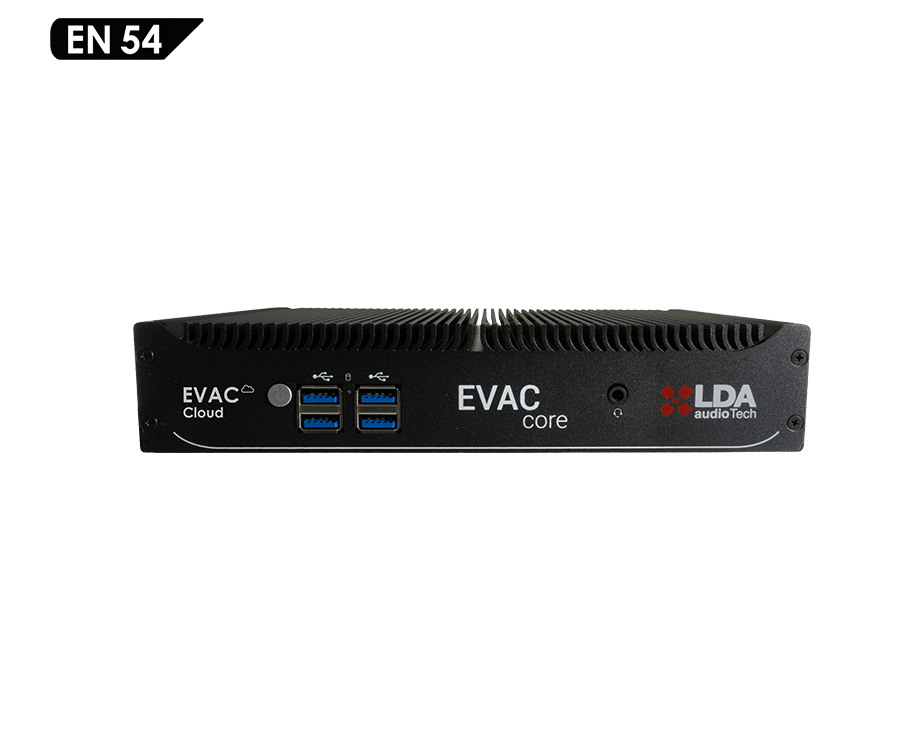
EVAC Cloud is a remote monitoring and connection platform for NEO+ and NEO public address and voice alarm systems in EN 54 environments.
Includes industrial hardware device and Linux operating system, along with LDA EVAC Cloud application for remote management of LDA NEO and NEO+ system alarms.
EVAC Cloud automatically synchronizes the time on NEO and NEO+ systems via the internet. This ensures that all devices stay updated with the exact time without manual configuration.
EVAC Cloud guidelines are based on the IEC 62443 defense strategy, securing every device, architecture, infrastructure, operational services, communications and user management.
The platform offers securitized remote access for advanced configuration functions. It implements the cybersecurity framework proposed by Euralarm/COESS, which addresses five essential pillars: product, project design, installation, operational continuity and response. This approach ensures that cybersecurity is integrated from the design phase through to ongoing operations management.
LDA’s EVAC CLOUD platform, which acts as the system interface to the outside of the LAN, uses by default SSL ports 443 and 8443 for external communications (to the Internet).
All data transmission is encrypted using the TLS 1.2 protocol, using 2048-bit RSA for key exchange and authentication. This guarantees the security and confidentiality of all transmitted information.
Download the EVAC Cloud brochure
All about EVAC Cloud
- Access to services through a cloud architecture by subscription.
- Each LDA EVAC Cloud device allows for operation with a NEO or NEO+ system.
- Hardware device included in LDA NEO+ EN54-16 certificate.
- International reference standards:
- Euralarm/COESS Cybersecurity Framework.
- European directives on industrial cybersecurity IEC 62443 – Security for industrial automation and control systems:
- IEC 62443-4-1:2018. Part 4-1: Secure product development lifecycle requirements.
- IEC 62443-4-2:2019. Part 4-2: Technical security requirements for IACS components.
- AI-Ready platform: future versions will incorporate artificial intelligence-based predictive algorithms for advanced functions.
Benefits:
- End-to-end security.
- Authentication.
- Data integrity.
- Confidentiality.
- Low latency.
- Simplicity and efficiency.



